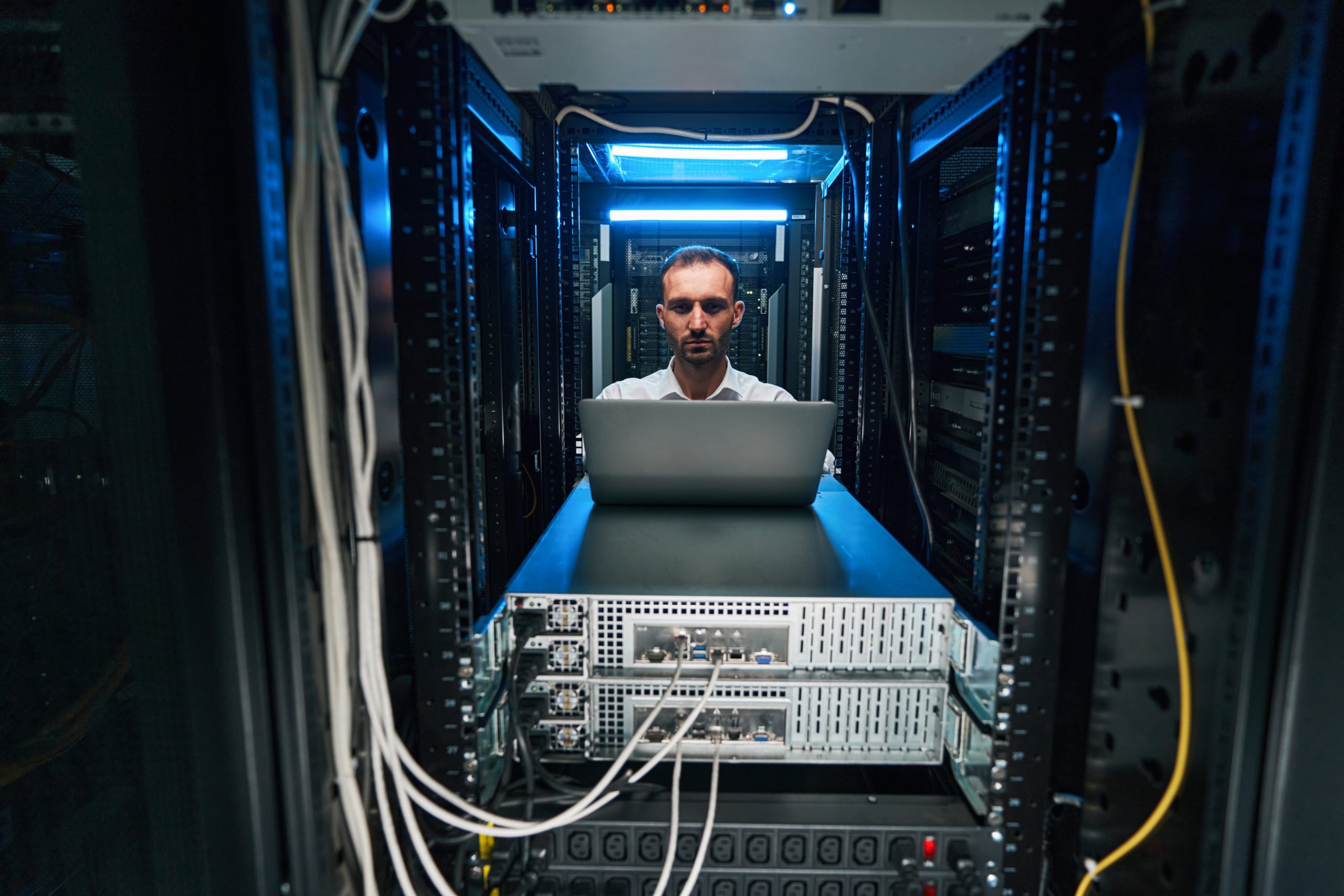Artificial neural networks (ANN), more commonly known as neural networks, have become a reliable framework for machine learning and artificial intelligence in the 21st century. These computing systems are inspired by the neurons that make up reactions and adapt within the human brain to deal with the input and output of information. These networks have truly raised the bar for organizations to engage in better business activity. Here’s what you need to know about this software, as well as what to keep an eye out for while exploring the best option for your business needs.
Layered Structures

The basis of neural network software is rooted in the processing of various types of information. As information enters from data sources at each layer of neurons, the brain is able to derive insights through to the next layer of the brain. Think of these different applications and their processing the same way you would register a thought when triggered by a certain memory or a sensation that sends the inner workings of the brain into motion. This is the quick real-time reaction you should seek from a computer program and software applications for better workflow.
Artificial neural networks simulate this multi-layered approach to processing various information inputs and basing decisions on them. Neurons within an ANN receive signals and transmit them throughout a structural hierarchy, with those signals then extending to other collaborators within that neural network. The working of these networks is inspired by the function of being able to take in a deeper understanding of this information and formulate algorithms through habits like artificial intelligence and pattern recognition.
Neural Networks and the Human Brain

An artificial neural network in its most basic form has three layers of neurons: the input layer where data enters a system, the hidden layer where information is processed, and the output layer where the system decides how to proceed with that data. Most complex neural networks have multiple layers, some hidden. The artificial neural network functions as the human brain does, via a collection of nodes that receive signals in the form of a stimulus, processing, and then signaling other neurons connected to it.
In an ANN, the artificial neuron receives this stimulus as a real number. The output of each neuron is then computed by a nonlinear function of the sum of its inputs. These connections are referred to as edges, which have weight, under the parameter that adjusts and changes as machine learning proceeds. The weight of these neurons and edges increases and decreases based on the strength of a signal at a connection. While neurons may have a threshold, similar to that of the human brain, the signal is sent onward to cross the threshold, adapting to different modifications in input.
Deep Learning Capabilities

It’s impossible to talk about neural networks without mentioning the deep learning capabilities of these software applications. Deep learning forms the cutting edge of artificial intelligence. With deep learning, computers effectively train themselves to process data, learn from it, and build more capabilities. The multiple layers of more complex artificial neural networks are what make this possible. Neural networks contain an input layer and an output layer, but they also pack in multiple hidden layers to bring solutions to scale.
A deep learning system becomes more intelligent as it goes along, filtering information through those hidden layers in a manner similar to the complexities of the human brain. Deep learning is at the heart of the normalization of technology in the 21st century, exploring greater than just the data being input into a system, but the insights and processes that can develop from the proper deployment of a neural network system.







